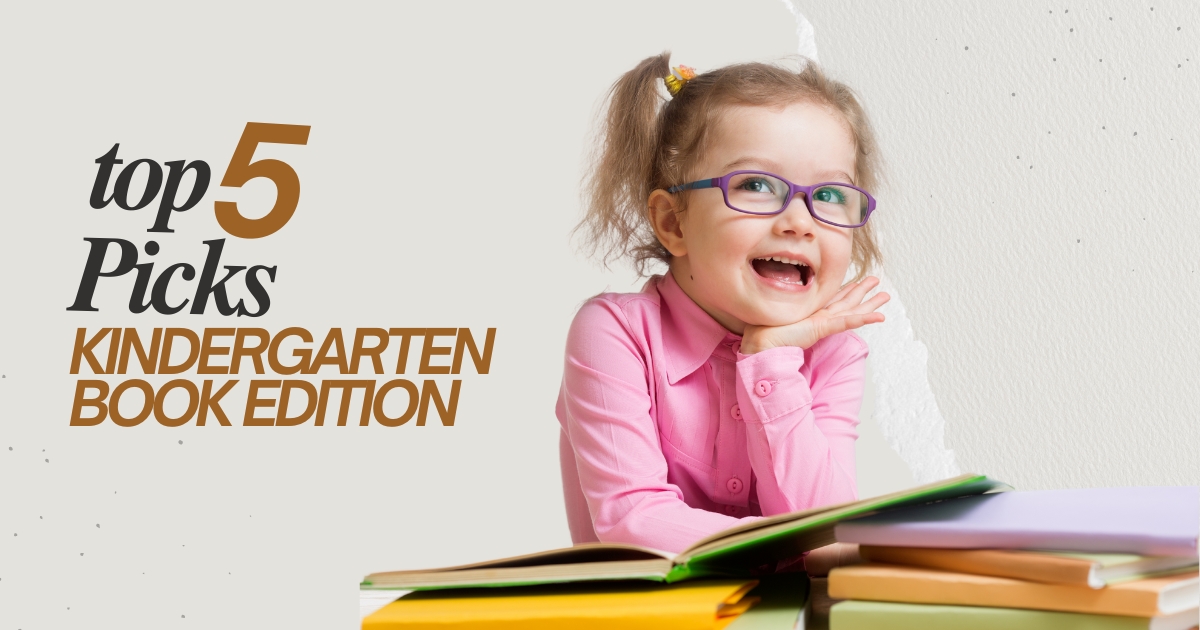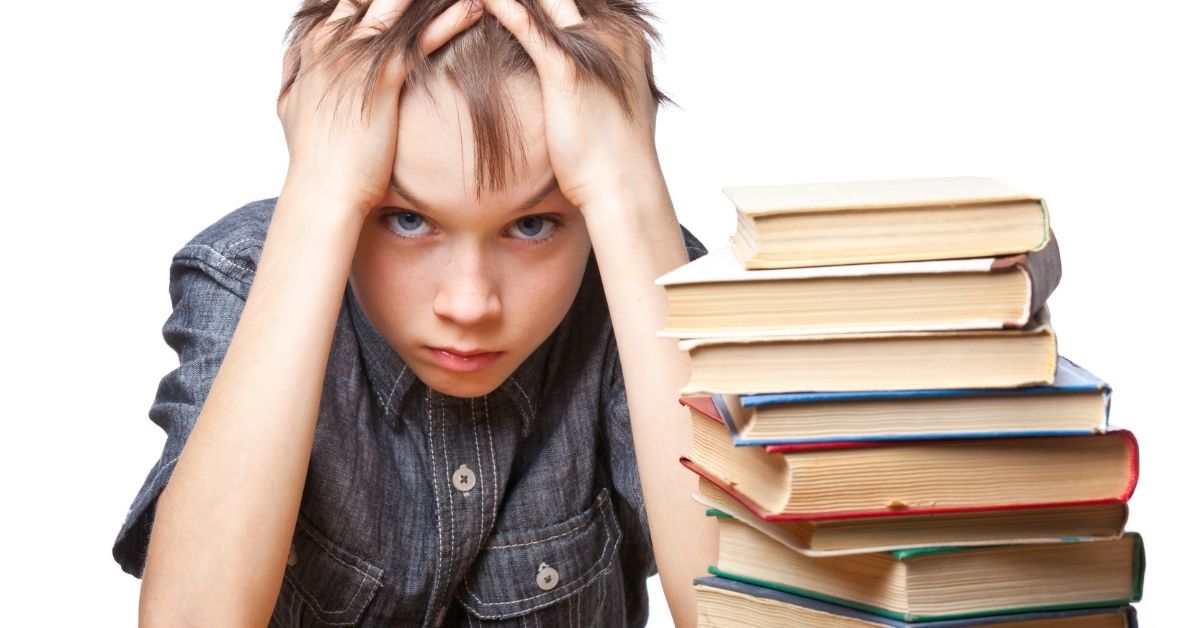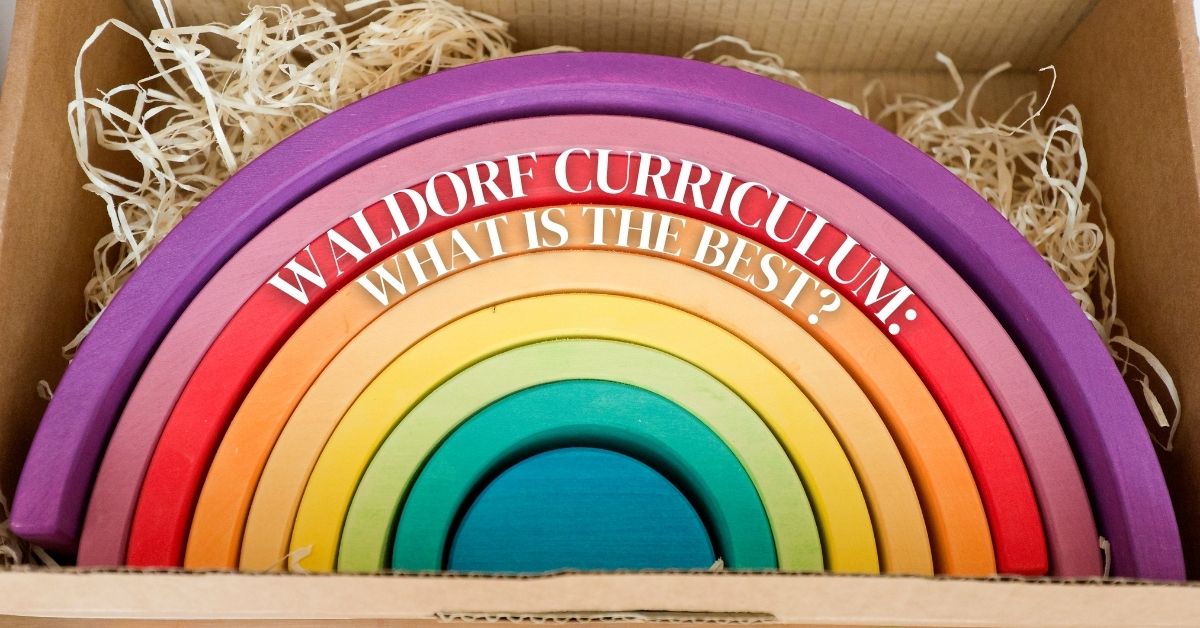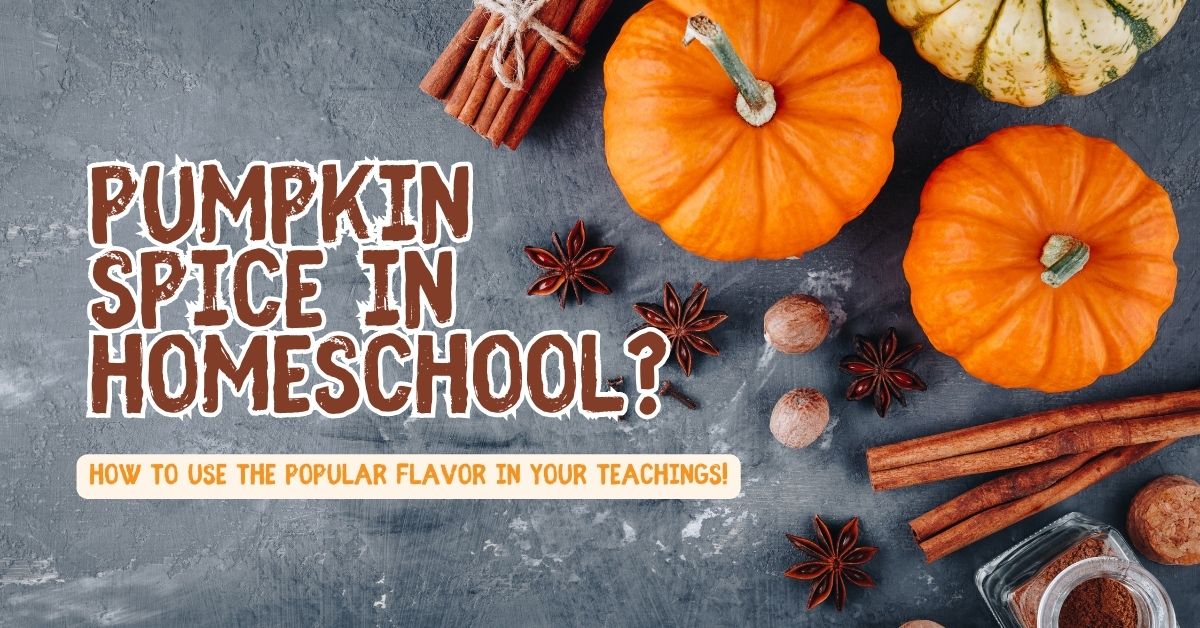Picking the best kindergarten books for kids is more than just choosing colorful pages or fun stories. It’s about laying the groundwork for literacy and fostering a love for learning that will last a lifetime. For homeschooling parents, quality book choices can enrich your curriculum while filling your days with shared exploration and discovery.
Every parent wants their child to get the most out of their reading experiences, and the right books can make that happen. Here’s a deeper look at why early reading is so crucial and our top recommendations to help your kindergartener thrive.
Why Early Reading Matters
Early reading plays a key role in your child’s development. It goes beyond language skills, helping with cognitive development, empathy, and even problem-solving. For young learners, books open up new worlds. Whether it’s a story about a trip to the moon or a backyard adventure, these little glimpses of creativity foster imagination while teaching critical thinking.
Reading together also strengthens family bonds. Sharing stories creates opportunities to connect, especially during the preschool and kindergarten years when children are forming their first learning habits. Plus, listening to stories helps build vocabulary and comprehension while introducing sentence structure in a natural way. Setting aside dedicated read-aloud time is just as significant as math or science lessons in shaping a well-rounded homeschool experience.
If you’re new to curating a library for a kindergartener, here’s where to start. We’ve broken it into early childhood reading picks and top must-haves for young learners.
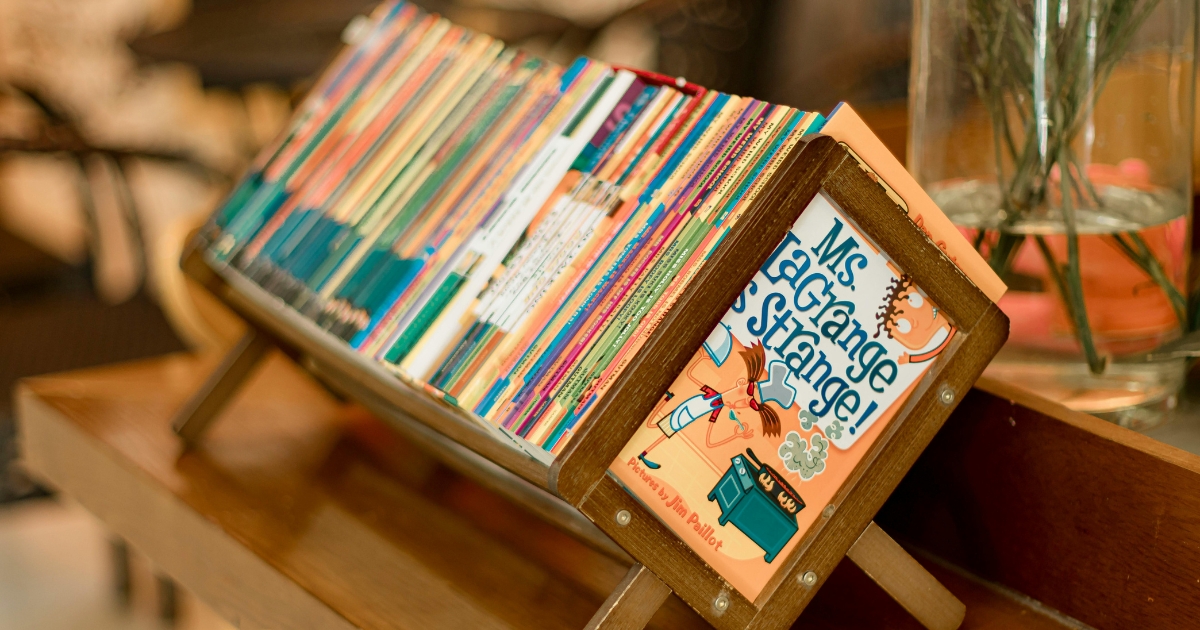
Top 5 Best Kindergarten Books For Kids
Here are our carefully selected recommendations, thoughtfully chosen for their ability to engage, educate, and entertain young readers.
- “The Very Hungry Caterpillar” by Eric Carle
Few books have withstood the test of time like this classic. Eric Carle’s vibrant illustrations paired with the caterpillar’s engaging transformation story captivate young readers while teaching them about days of the week, counting, and even science concepts like metamorphosis. This book offers plenty of room for interactive learning.
Ways to use it:
- Have your kindergartener count the caterpillar’s meals.
- Discuss healthy eating by comparing the caterpillar’s snacks.
- Explore the life cycle of butterflies with hands-on activities.
- “Brown Bear, Brown Bear, What Do You See?” by Bill Martin Jr. and Eric Carle
This rhythmic and repetitive text makes it ideal for early readers. The predictable pattern allows budding readers to feel confident as they listen and try out reading on their own. What makes this book unique is its ability to teach colors and objects while nurturing critical pre-reading skills.
How you can extend learning:
- Practice identifying colors with objects around your home.
- Encourage your child to predict what comes next on each page.
- Create a craft activity where they draw their favorite animal from the book.
- “Where the Wild Things Are” by Maurice Sendak
One of the most beloved picture books for young learners, this story combines a fantastic adventure with emotional depth. Follow Max as he explores the land of the Wild Things, learning about emotions, friendships, and decision-making along the way.
Here’s how to make it interactive:
- Act out the story with simple costumes.
- Talk about managing emotions, using Max’s story as a starting point.
- Challenge your child to illustrate their own “wild thing.”
- “If You Give a Mouse a Cookie” by Laura Numeroff
Laura Numeroff’s entertaining cause-and-effect tale is an absolute hit with kindergarten-aged kids. The playful scenarios keep children engaged while teaching how actions can lead to consequences in everyday life. The humor and whimsical illustrations make it an irresistible read.
Teaching opportunities:
- Spark discussions about actions and consequences.
- Create a sequencing chart so they can match events from the story.
- Bake cookies for a tasty extension activity tied to the book.
- “Chicka Chicka Boom Boom” by Bill Martin Jr. and John Archambault
When it comes to introducing the alphabet, it doesn’t get much better than this. “Chicka Chicka Boom Boom” combines vibrant illustrations, rhyming text, and a silly story of letters climbing up a coconut tree. It’s an instant favorite for teaching the ABCs.
How to bring it to life:
- Sing along to the rhythmic verses.
- Practice recognizing and tracing letters after reading.
- Use magnetic letters or foam cutouts to climb a “coconut tree.”
What Makes A Great Book For Kindergartners?
When building your child’s reading list, think about their developmental stage. Books for kindergartners should:
- Encourage interaction: Whether tapping, flipping flaps, or singing along, books designed for engagement make learning fun.
- Be visually appealing: Bold illustrations are fantastic for sparking an interest in reading.
- Introduce basic concepts: Look for books about shapes, colors, numbers, the alphabet, or storytelling basics such as beginning, middle, and end.
- Foster connection: Heartwarming stories, funny situations, or tales your child can relate to lead to lasting impressions.
Stocking your home library with books that meet these criteria ensures you have tools to fuel your child’s growth across multiple domains of learning.
Encouraging a Love for Reading
It’s not always about choosing the right book; it’s also about making reading special. Here are simple ways to instill the joy of reading in your little one:
- Set aside daily reading time: Whether it’s bedtime stories or a morning routine, consistency makes reading a joyful habit.
- Get creative: Turn storytime into an event. Use silly voices, act out scenes, or use props to bring books alive.
- Blend books into life: Reference stories throughout the day. For example, after reading “The Very Hungry Caterpillar,” talk about what the caterpillar might eat if he came into your kitchen.
- Model reading: Kids are more likely to love reading if they see you enjoying it too. Whether it’s a novel, recipe, or magazine, take time to read alongside them.
Why These Picks Work For Homeschooling Families
The books we’ve chosen aren’t just fun to read; they complement various homeschooling strategies. For example, “Where the Wild Things Are” can form the basis of a unit study on feelings, while “Chicka Chicka Boom Boom” can drive alphabet-based lessons and activities. Many titles also lend themselves to co-learning, acting as the bridge between reading comprehension and hands-on projects.
Your role as a parent-educator gives you the chance to guide these lessons while tailoring discussions to your child’s curiosity. What does your child naturally gravitate toward? Caterpillar crafts, animal games, or planting a coconut tree might just become their new favorite thing!
Adding Variety to Your Library
While our top five lists are fantastic starting points, every child has unique tastes. To keep their library fresh and exciting:
- Rotate books regularly. Borrow some from the library, or trade with fellow homeschooling families.
- Include diverse authors and stories to expose your child to a wider range of characters and experiences.
- Mix genres. Try adding nonfiction books like “National Geographic Little Kids First Big Book of Dinosaurs” or poetry collections for variety.
Getting your child involved in choosing books can also make them feel invested in their reading. Encourage them to pick a book that looks interesting during your next library trip.
By offering a mix of classic and contemporary reads, fostering daily reading habits, and injecting creativity into storytime, you’re giving your kindergartener the foundation they need to become enthusiastic, lifelong readers. Keep reading a priority in your homeschool routine, and watch their love for learning skyrocket!

